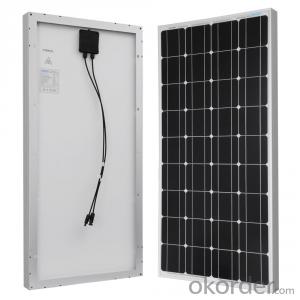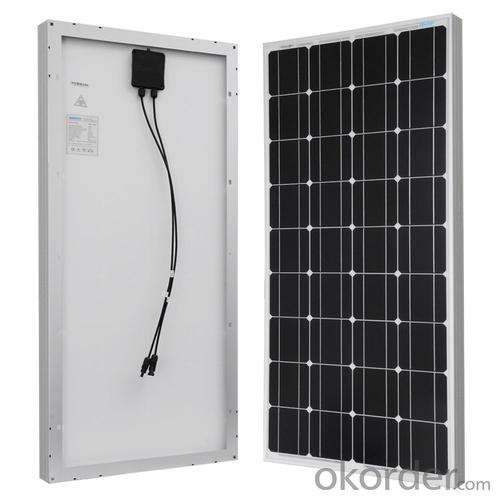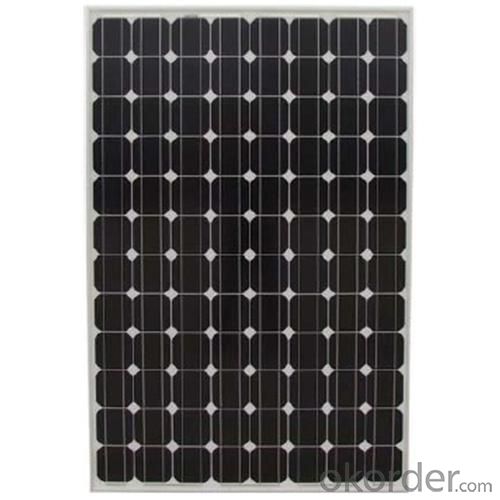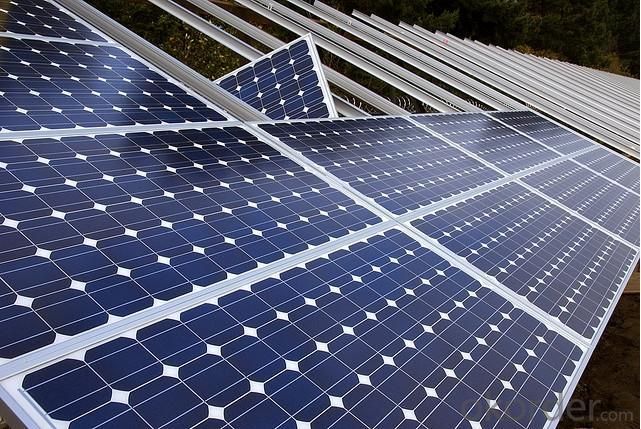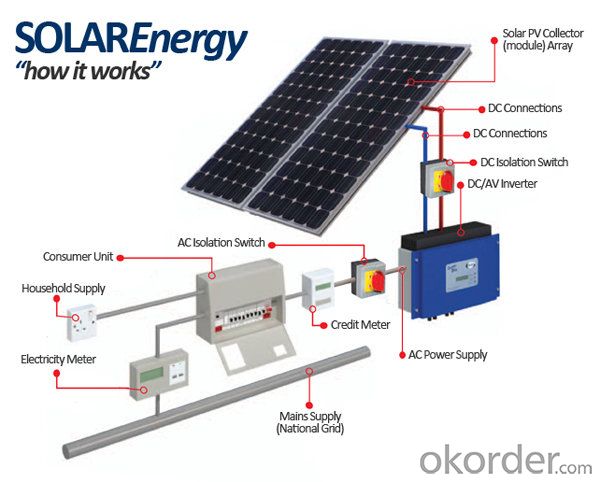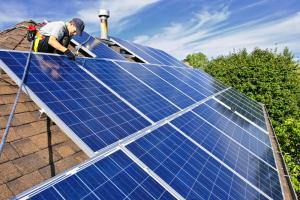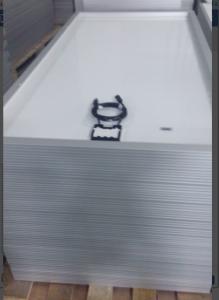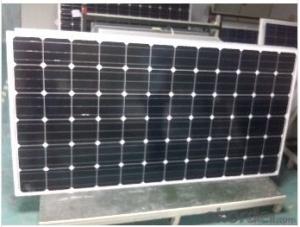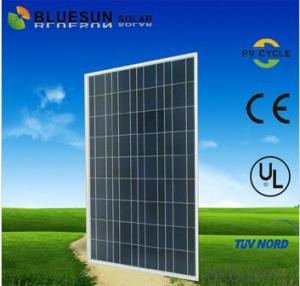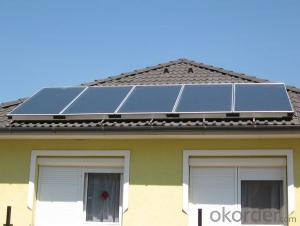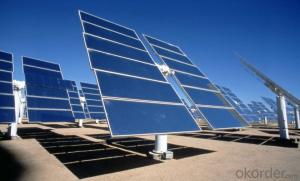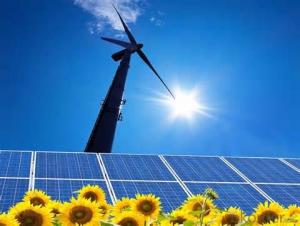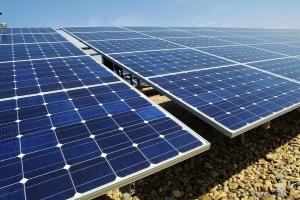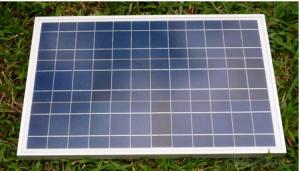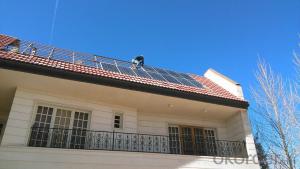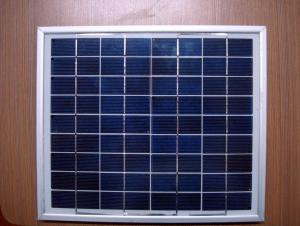Best Solar Panels for Van - High Efficiency A Grade Poly Solar Panel 160W Tire One Modules
- Loading Port:
- Shanghai
- Payment Terms:
- TT OR LC
- Min Order Qty:
- 1 watt
- Supply Capability:
- 1000000 watt/month
OKorder Service Pledge
OKorder Financial Service
You Might Also Like
Specification
China National Building Material Group Corporation
CNBM International Corporation is a professional solar panel manufacturer in China for CNBM brand . Silicon panel ( silicon module), as our main product, has high quality and good service. Our products are very popular in Europe, Australia, England, Middle East, Mexico, Argentina, Chili, Singapore and Africa.
As the whole world turns “green”, CNBM enters into the Photovoltaic Industry in 2005.After 6 years' fast growth, now our annual capacity is 500MW solar panel and 500MW solar cell.
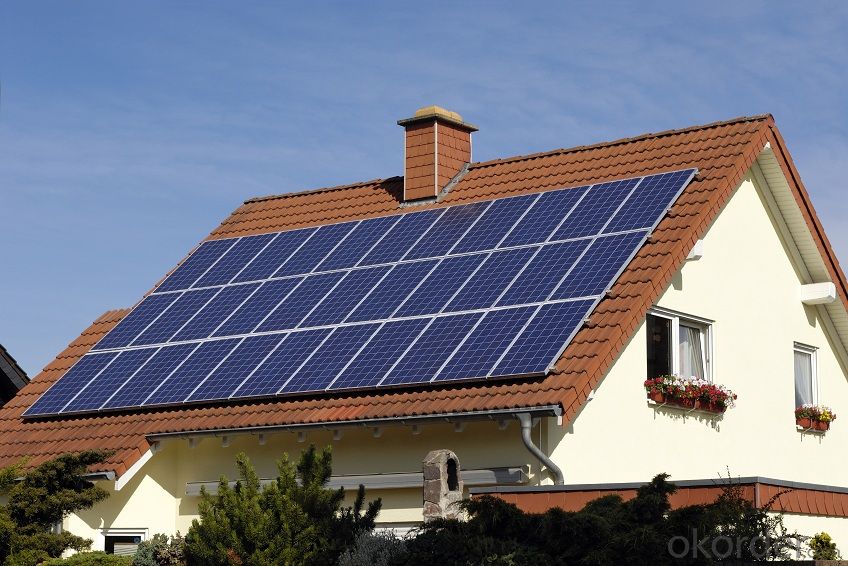
Features of our products:
• High conversion efficiency mono/poly-crystalline amorphous silicon solar cells
• Modules incorporate high performance bypass diodes to minimize the power drop caused by shading
• High transmittance, low-iron tempered glass
• High performance EVA encapsulant to prevent destroying and water.
• AI frame: without screw, corner connection. 8 holes on the frame can be installed easily
• Good performance of preventing from atrocious weather such as wind and hails
• Certifications: CE IEC TUV VDE UL, Class I
• 10 years 90% power output warranty
Characteristics of Monocrystalline Silicon Solar Panel
I Solar Cell : High efficiency crystalline solar cell. Even if under the weak light, the solar module can produce maximum power output.
II Tempered glass (toughened glass): Anti-reflecting coating and high transmission rate glass increase the power output and mechanical strength of solar module.
III EVA and TPT: Using high quality EVA and TPT to prevent destroying and water.
IV AI frame: Without screw, corner connection. 6 holes on the frame can be installed easily.
V Junction box: Multi function junction box with water proof.
VI Long lifetime: ≥25 years; Less power decrease.
VII Good performance of preventing from atrocious weather such as wind and hails.
Standard Test Conditions of Monocrystalline Silicon Solar Panel
The opto-electrical specifications shown below are stabilized values being measured at Standard Test Conditions, Irradiance: 1000W/m2, Spectrum: AM1.5 at 25°C, The info below is subject to manufacturing tolerances. Where appropriate minutes of measurement are available and are used for the dimensioning of the installation.
FAQ
We have organized several common questions for our clients,may help you sincerely:
①What price for each watt?
It depends on the quantity, delivery date and payment terms,
②What is your size for each module? Can you tell me the Parameter of your module?
We have different series of panels in different output, both c-Si and a-Si. Please take the specification sheet for your reference.
③Can you provide the peripheral products of the solar panels, such as the battery, controller, and inverter? If so, can you tell me how do they match each other?
Yes, we can, we have two companies for solar region, one is CNBM International, the other is CNBM engineering Co.
We can provide you not only the solar module but also the off grid solar system, we can also provide you service with on grid plant.
④What is your warranty system?
Our product performance guarantees for 25 years
• 12 years guarantee for workmanship
• Timeliness of delivery
• Quality Products certified (TÜV, UL, CE, ISO)
- Q: Can solar panels be used to power a hotel?
- Yes, solar panels can be used to power a hotel. Solar energy can be harnessed through solar panels and converted into electricity to meet the power requirements of a hotel. This renewable energy source can help reduce the hotel's reliance on traditional electricity grids and lower its carbon footprint. Additionally, advances in solar technology have made it more efficient and cost-effective, making it a viable option for powering hotels.
- Q: What is the principle of solar panels work?
- The sun is irradiated on the semiconductor p-n junction to form a new hole-electron pair. Under the action of the p-n junction electric field, the holes flow from the n region to the p region. The electrons flow from the p region to the n region, and the current is formed after the circuit is turned on. This is the photoelectric effect of the working principle of solar cells.
- Q: How do solar panels affect the roof's lifespan?
- Solar panels can actually extend the lifespan of a roof. They act as a protective layer, shielding the roof from the elements, such as UV rays, rain, and snow. This helps to prevent damage and deterioration, ultimately increasing the roof's longevity.
- Q: If I put a 5000 watt solar panel kit on my roof in Dublin (Ireland) - how much electricity would I realistically expect to get?An educated guess at a percentage of 5000w would do.
- Do you want a time average? During the winter you will be lucky to average 800 watts daily Summer you could get 2000 watts
- Q: Can solar panels be installed on a theme park or amusement park?
- Yes, solar panels can be installed on a theme park or amusement park. In fact, many theme parks around the world have already installed solar panels to generate clean and renewable energy. This not only helps to reduce their carbon footprint and dependence on fossil fuels but also saves them money on electricity bills in the long run. Additionally, solar panels can be integrated into the design of the park, complementing its aesthetic appeal and showcasing the park's commitment to sustainability.
- Q: Can solar panels be installed on a hotel or hospitality establishment?
- Yes, solar panels can be installed on a hotel or hospitality establishment. In fact, many hotels and hospitality establishments are increasingly adopting solar energy to reduce their carbon footprint, lower energy costs, and showcase their commitment to sustainability. Solar panels can be installed on rooftops, parking lots, or even as shading structures, providing clean and renewable energy to power the establishment's operations.
- Q: How do solar panels perform in cloudy weather?
- Solar panels can still generate electricity in cloudy weather, although their performance is reduced compared to sunny conditions. The panels are able to convert diffuse sunlight into electricity, but the amount of energy produced will be lower.
- Q: Why is it nessicary, with today's economy in the postion it's currently in, to use renewable energy sources; like solar panels?
- If you're asking from an individual standpoint, I'd say it's an individual decision, and no, it's not necessary, any more than it's necessary to buy milk at Costco instead of 7-. If an individual is facing the tradeoff of paying rent or eating, solar panels won't even make the list. On the other hand, if one has money, the best time to buy just about anything is when the economy is bad, because then prices are low, competition is fierce, and installers are hungry for work. If your question is more, why should we as a society use solar panels, that's forward looking. Why didn't GM design and agressively market a Prius-like hybrid 0 years ago? Looking back, they should have.
- Q: Can solar panels be used for heating swimming pools?
- Yes, solar panels can be used for heating swimming pools. Solar thermal panels, also known as solar collectors, are specifically designed to capture and convert sunlight into heat energy, which can be used to warm the water in swimming pools. This method of heating pools is environmentally friendly and cost-effective in the long run, as it relies on free and abundant solar energy.
- Q: How do solar panels affect the local economy?
- Solar panels can have a positive impact on the local economy in several ways. Firstly, the installation and maintenance of solar panels create job opportunities, boosting employment rates in the area. Additionally, the production and sale of solar panels contribute to the growth of local businesses, stimulating economic activity. Moreover, solar energy reduces reliance on traditional energy sources, leading to lower energy costs for businesses and households, resulting in increased disposable income for residents. This, in turn, can spur consumer spending and support local businesses. Overall, solar panels can drive economic growth, job creation, and cost savings within the local economy.
Send your message to us
Best Solar Panels for Van - High Efficiency A Grade Poly Solar Panel 160W Tire One Modules
- Loading Port:
- Shanghai
- Payment Terms:
- TT OR LC
- Min Order Qty:
- 1 watt
- Supply Capability:
- 1000000 watt/month
OKorder Service Pledge
OKorder Financial Service
Similar products
Hot products
Hot Searches
Related keywords
